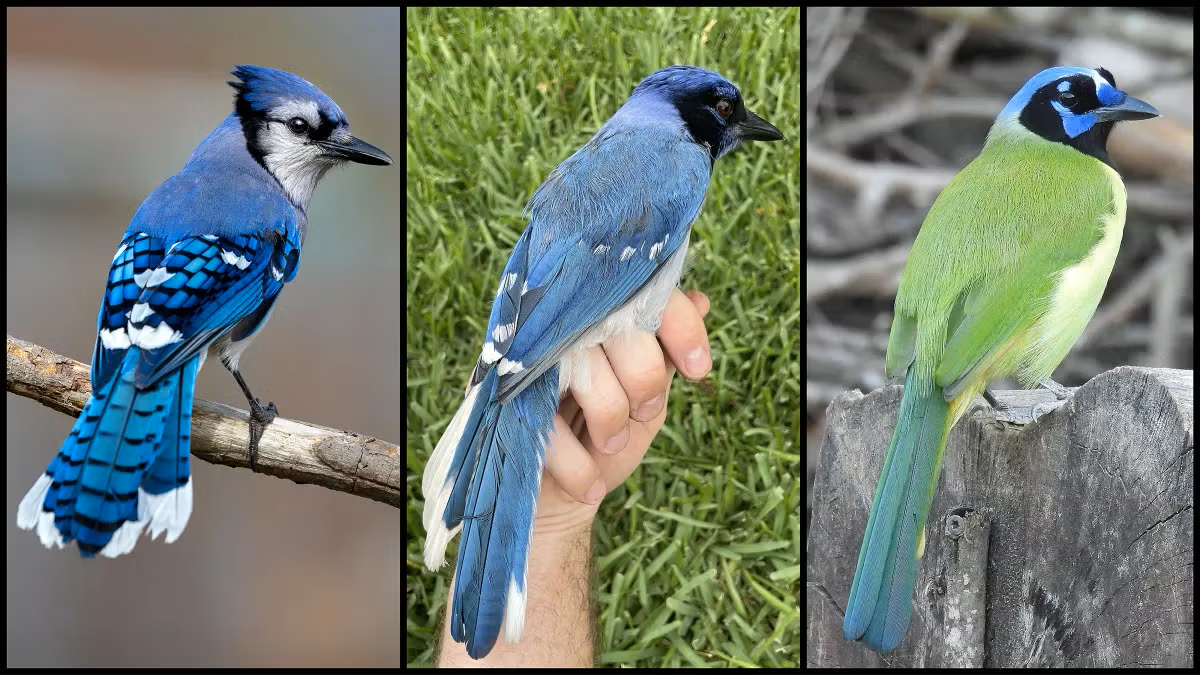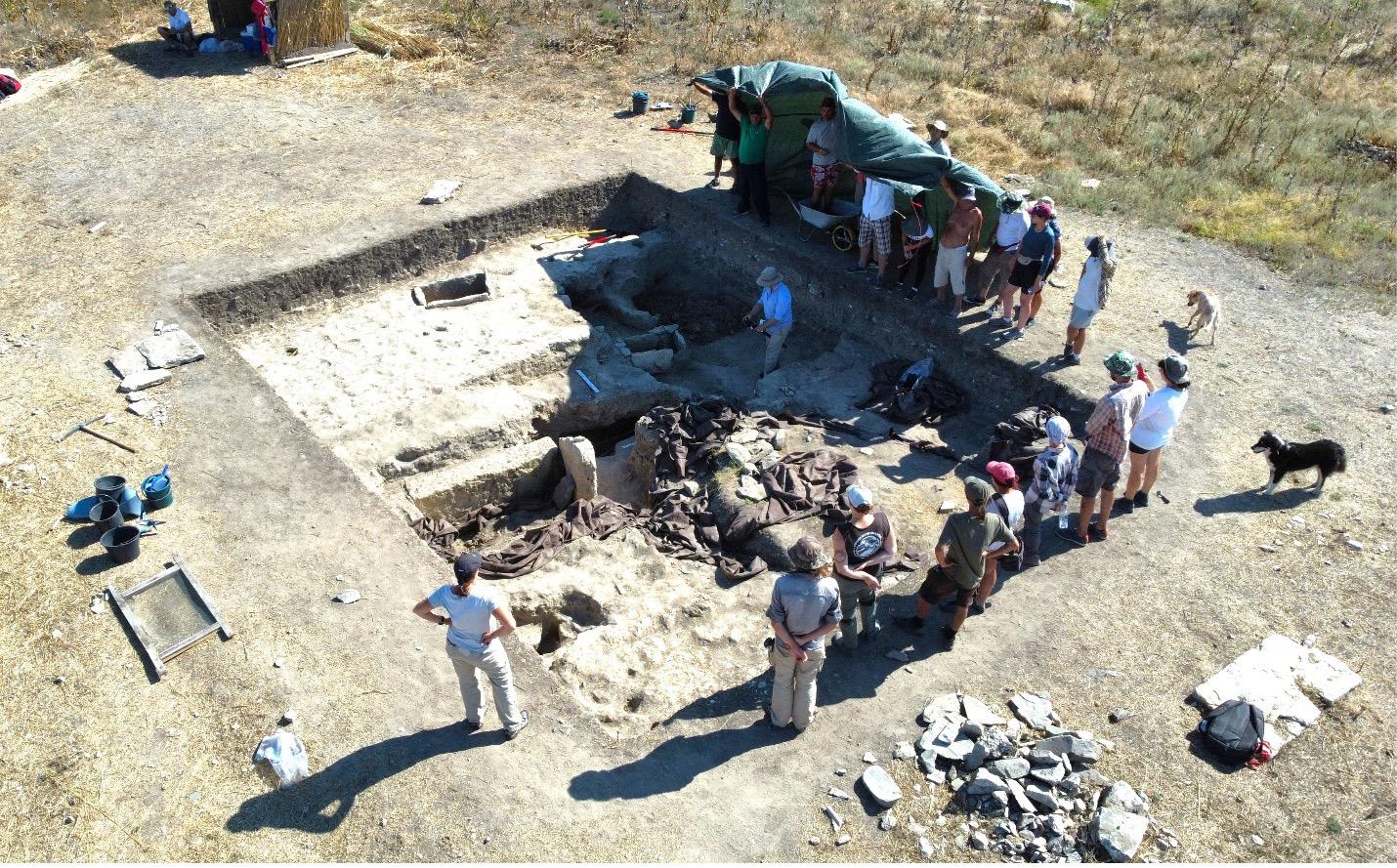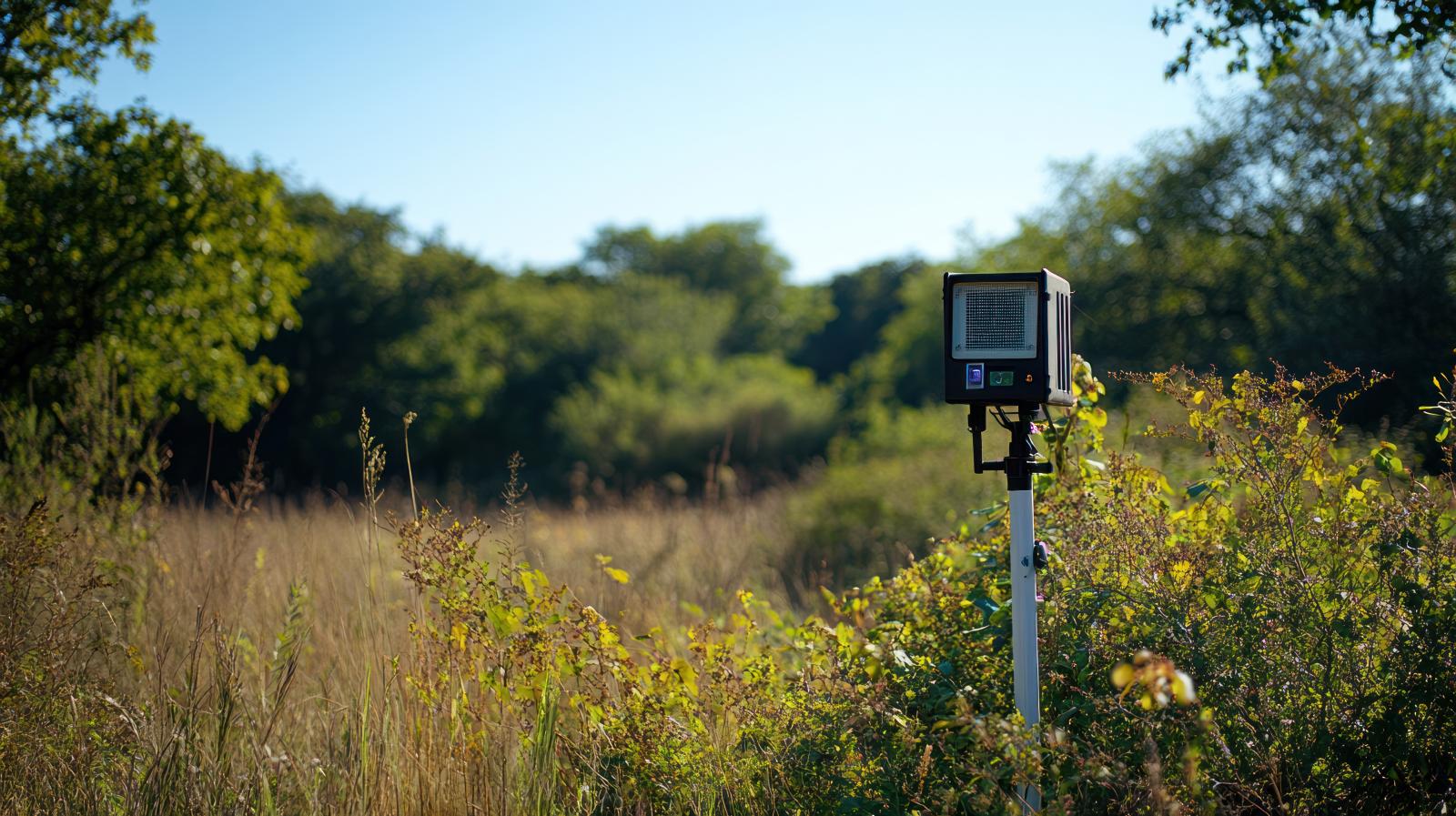Texas’ landscapes and ecosystems are changing fast. They’re losing tree cover and topsoil, making it more difficult for wildlife and people to thrive without the protections and benefits nature provides. A remote network of visual and acoustic sensors placed across the state will act as eyes and ears, detecting environmental and biodiversity-related information like weather, water flows, and animal noises.
By listening to birds and other wildlife 24 hours per day, sound data can be used to probe environmental conditions, helping us better understand the speed and degree of change in natural habitats across Texas. Bird behavior and presence can tell us much about the health of an area, especially when human activity clears more and more ranches, farms, and open space for new housing developments, shopping centers, and roadways.
In addition to looking at birds, we will also look at new species of disease-carrying/causing organisms, such as mosquitoes, that are migrating northward into the U.S. The project team will help train citizen scientists to classify project data and create easily understandable maps and models for use by city agencies, nonprofits, and other researchers.
Central Research Questions:
How are species and entire ecosystems changing with increasing human activity and climate change? What are the rules governing these changes? Can we use what we learn to predict future changes? How can we apply this knowledge to better manage human-natural systems in the future?
What problem(s) is this project attempting to solve?
If you would like to focus on a specific area or sub-project, please narrow your response accordingly: Global environmental change is impacting Texas ecosystems in myriad ways. Scientists and conservation planners need better methods for monitoring these changes, and communities need information to manage and adapt to new challenges. Our team harnesses the capacities of remote sensor networks to produce technology that enables high-resolution monitoring of the status and distribution of biodiversity in Texas, as well as models predicting how biodiversity contributes to resilience.
These data can inform land and ecosystem conservation efforts as well as the development of nature-based solutions that can help mitigate the negative impacts of climate change for humans and non-human species.
What Outcomes/Objectives or long-term impacts are you seeking?
- Improved understanding of how to employ models, databases, and software for forecasting species and ecosystems in an uncertain future
- Demonstrated utility of passive acoustic sensing for monitoring species and ecosystems; Better understanding of value and limitations of deep learning methods for monitoring biodiversity
- Establishment of a collaborative network to further coordination of autonomous sensing globally
- Increased resilience due to improved ecosystem monitoring globally via distribution of sensor designs, databases, software, and models to stakeholders
- Better integration of biology, ecology, and human interactions in studies of ecosystem diversity and resilience
- Production of technology that will enable high-resolution monitoring of the status and distribution of biodiversity in Texas as well as models predicting how biodiversity contributes to resilience.
Geographic Areas of Interest: All of Texas, Mexico, Central and South America
Partners: Texas Parks and Wildlife, City of Austin PARD, The Nature Conservancy, Ladybird Johnson Wildflower Center, Balcones Canyonlands Preserve, international collaborators, other conservation organizations/efforts




